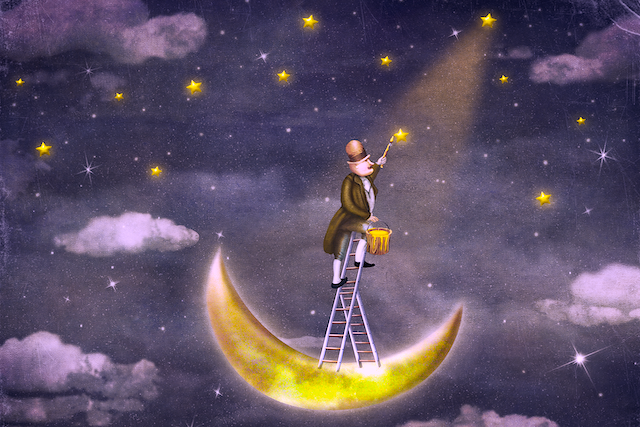
“Doubt everything. Find your own light.” ~The Buddha
As far back as I can remember, I’ve allowed my life to be shaped by external forces.
On the outside, it appeared like I was just another carefree soul, living in the moment and going through life like a leaf on the wind. But on closer inspection, I was actually running away from having to make any real commitments and avoiding getting into a position where I had to make difficult or important decisions.
It wasn’t until recently, when I realized it was four years to the date since I’d fallen into the job that I’d despised for what seemed like forever, that I even stopped to realize this.
But on this day, as I stood looking around and contemplating where I’d ended up, I suddenly—and surprisingly—decided that was all going to change.
Before I knew it, I was acting on something that, until then, had been just a vague, albeit persistent idea floating around in the back of my mind.
I was applying to go back to university.
There was little doubt about the decision; it was something I’d be thinking about for a while but had been putting off for as long as possible.
But sure enough, the doubt soon crept in. I loathed formal education the first time around, and this time I was going to study something that was sure to stop any conversation dead with 99% of people I knew and make me the best friend of my one quirky aunt who’s deep into crystals and horoscopes:
I knew it was what I wanted. And I was pleased that for once I’d actually stood on my own two feet and made a decision. Not to mention, I was secretly relieved that I wouldn’t have to make another big one for at least a few years.
But little did I know that was far from how it was going to be.
In making such a big life choice, I’d made a complete about-turn from my familiar and reliable strategy of avoidance and chosen to stare life directly in the face.
And I’d forgotten just how scary-looking life can be.
My instinct to run was immediately triggered. Maybe this isn’t what I really want. Maybe I’ve changed my mind; people change their minds all the time, don’t they? Life would be simple if I just stayed where I am and found another job. It’s not too late to drop out…
Instead of fleeing like usual, this time I froze. You could say I’d made progress, but it felt like I’d gone backward—despite being unable to move backward, forward, or in any direction whatsoever.
I was well and truly paralyzed by doubt.
And I was going to study mindfulness.
Just perfect.
My paralysis came from a long-held belief that I needed to be free from all trace of doubt before I could make any major decisions and move forward in life. But as I quickly came to see, if this was the case, then no one would ever do anything they really wanted to do.
It’s in the nature of the mind to doubt. And whereas I thought the problem was that I’d rushed the decision or hadn’t considered the other options thoroughly enough, it was that I was, in fact, stirring up the murky waters of doubt with my constant questioning, making it all but impossible to see things clearly.
Nearly six months into once again being a fresher, I’ve made more decisions than during the rest of my life combined. I rarely experience doubt anymore, but when it does appear, I know why it’s there, and rather than indulge it or push it away, I can simply let the water settle before getting on with what I want to do.
Below is what I learned about doubt broken down into three steps or rules. If you doubt they’ll stop you from putting off big decisions and second-guessing yourself, put that aside for a moment while you read on and discover for yourself.
1. There will always be a reason not to do something.
If you try hard enough, you can always find a persuasive enough reason not to do anything.
You can’t go to the party because you haven’t gotten as much work done as you planned to.
You can’t start a family because you need to make at least ten grand a year more first.
You can’t run your own business because you’re already tired and it’s only going to become more demanding.
When we’re faced with making a choice, our mind often fishes for reasons not to take action, automatically accepting the ones that seem to fit into our fear-driven stories and justify how we feel.
In this way, we come to relate to our experience according to the ongoing internal narrative about what’s going on, rather than what is actually happening in the new and ever changing here and now.
It’s easy enough to understand this when you’re reading it in an article. The tricky thing is that when it happens to you, the stories can appear so real that debunking them feels like an impossible task.
This is even more true with doubt as all the while it will be telling you things like: There’s no point even trying, there’s a reason you can’t but you just haven’t found it yet, and, you’ll always be this way, so you might as well just succumb to your fate.
But no matter how sophisticated and convincing the story, if it’s going against what you really want or know deep down to be true, then you can be sure it is the doubting mind.
As a function of the mind’s problem-solving mode, doubt is an incredibly useful tool that can alert us to impending danger, help us think more critically, and enable us to make better decisions. As we spend most our time in this problem-solving mode, though, this vulnerability-seeking mechanism can become chronically switched on and quickly become debilitating.
Either way, the doubting mind is not you. But how do you know the difference between you and this part of your brain? Well, you don’t—at least not when you’re stuck in this mode, as by definition that’s what the doubting mind will tell you.
It will tell you that certainty is possible. It will tell you there will always be a better time. It will tell you that you’ll be able to see the future and know how things will turn out if only you consider things a bit longer…
First things first, then, to break free from doubt, we need to recognize that when we go fishing, we are going to catch some fish. In other words, when you believe that thoughts will give you an answer and will relieve you of uncertainty, you’re only going to create more and more doubt.
It’s only by letting the water clear that we can start seeing what it reflects more clearly. And to do this, we don’t suppress the doubt—that only stir things up more. But nor do we passively accept it.
2. Instead of accepting, learn to doubt the doubt.
In Buddhist theory, overcoming doubt is not a matter of letting it be and having blind faith in something greater, it’s about exploring it through a process of active investigation.
And what are we most likely to find when we inquire into this kind of doubt?
Fear.
For a long time, I believed that in order to be truly ready for something, I’d need to be without fear. That was, after all, what it meant to be fearless, to be a man, a Buddha, a superhero, or whatever other ideal I was guiding my life by.
Without knowing it, I had thus long been avoiding fear, shielding myself from it, and denying that I was or could ever be scared of anything.
In this way, I lost the resilience to be able to do anything that was even the slightest bit meaningful to me, and built a life that was safe, limited, and void of the things I really cared about.
But fearlessness does not mean being free from all fear. It’s the opposite: it’s learning to be so intimate with fear that it no longer controls you. It’s making such a close friend of it that you can use it to propel you forward instead of treating fear as the enemy and allowing it to hold you back.
You can uncover fear with the sneaky and perspective-shifting act of doubting the doubt. This is essentially the role of meditation and learning to notice thoughts as phenomena that are separate from yourself.
Through practice, meditation gives us a welcome alternative to pushing away, passively accepting, or being completely swept away by thoughts, allowing us to relate to our own fear in an entirely new and previously unseen way.
3. If there’s fear, you’re on the right track.
Because I failed to recognize fear and denied its existence, my doubting mind stepped in to try to solve the problem.
As opposed to filling me with angst and making my hands pour with sweat, the doubt appeared as a friend trying to protect me. And that makes sense—our doubts and fears are always trying to keep us safe. But a true friend doesn’t hold us back; instead, he or she propels us forward. And fear can do that for us if we let it. As Ram Dass explains, when “you no longer allow fear to step blatantly before you and shout of cataclysm, it will creep behind you and whisper something reasonable in your ear.”
If we acknowledge fear as a sensation, before the conditioned responses and makeshift interpretations, we see that it is a bubbling energy of potential that isn’t shouting or whispering to us about what we can’t and shouldn’t do, but signaling to us what we can and could do.
By trying to push it away and remove it from my experience, then, I was mixing up my own recipe for a life of limited potential and of achieving only what happened to fall into my lap. If I learned to be aware of it and recognize it for what it is, however, I could take the same ingredients and use them to cook up a life of unlimited potential and growth.
You can’t have change, innovation, creativity, and originality—in other words, life—without insecurity, uncertainty, and fear. And so by embracing these fundamental states and changing how you see fear, you can begin to use them to your advantage and live a full life.
This isn’t about, say, giving in to the fact that leaving your job is terrifying and so getting it over with as quickly as possible. That would mean still categorizing fear as an unwanted foe and trying to conquer it through blind action.
This is about welcoming fear as a valuable and even desirable part of your experience. It’s about noticing that when you feel terrified about leaving your job, the feeling is saying wow, you must be doing something really challenging and/or meaningful. It’s learning to see fear as a guide that’s there to help you. It might also suggest that you want to prepare yourself, and wait until after your next paycheck, but if deep down, you want to do something different, the fear is telling you “keep going in this direction, you’re on the right track.”
It’s only by bringing fear, with all its demons, into the light that we can begin to unravel the excuses we have piled upon them—many of which we don’t know are even there until we look. We can then see fear without any pretense, without any doubt, and only then embrace it as the true ally and source of life it really is.
And if you immediately think you can’t do it, are overcome by your poor track record, or just immediately zone out or want to run and hide, notice this as the doubting mind. Beat it at its own game and doubt it. And then ask yourself, what sort of life do you choose to lead: one of comfort, dissatisfaction, and surety, or one of adventure, fulfillment, and the thrill of diving into the unknown?
About Joseph Pennington
Joseph Pennington is a freelance writer, Master's student of Mindfulness, and the creator of the mindfulness voice app, Bebot: The Three Minute Breathing Space. Find out more about the breathing space and hear directly from Bebot, your mindful robot friend, by subscribing to her newsletter.



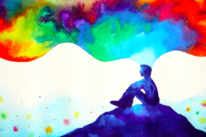
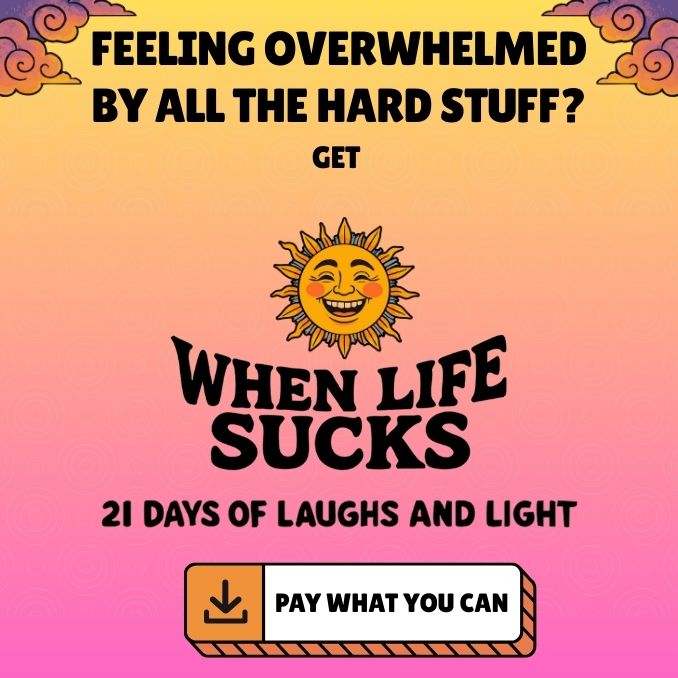

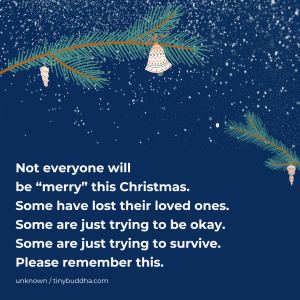




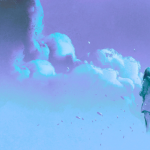
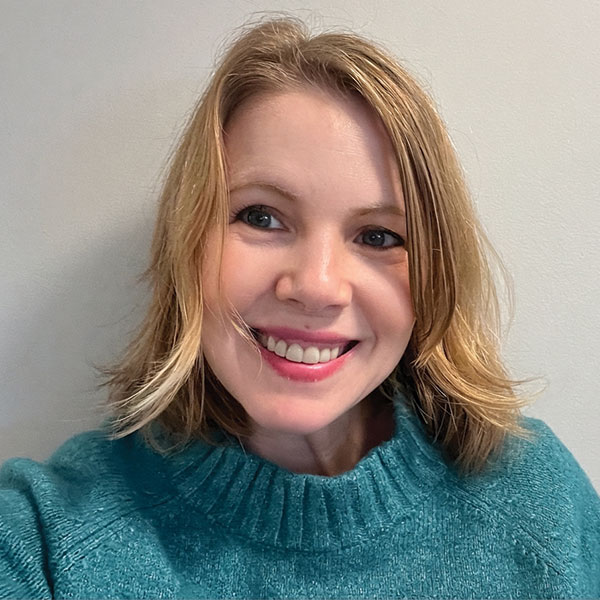 Though I run this site, it is not mine. It's ours. It's not about me. It's about us. Your stories and your wisdom are just as meaningful as mine.
Though I run this site, it is not mine. It's ours. It's not about me. It's about us. Your stories and your wisdom are just as meaningful as mine. 